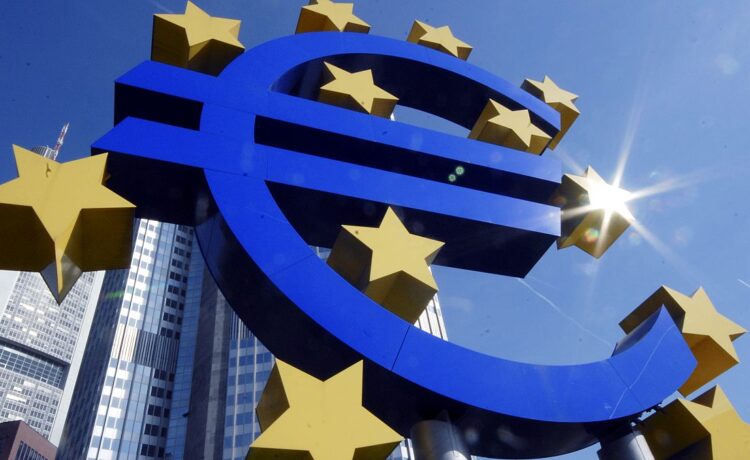As new eurozone inflation figures are released, Euronews looks at recent trends in euro area inflation, including shifts in key components, differences among member countries – and market expectations regarding ECB rate cuts.
In March 2024, inflation in the euro area fell from 2.6% to 2.4%, as reported by Eurostat today, marking a four-month low and confirming preliminary data.
The euro area comprises countries that use the euro as their national currency within the European Union.
The main components contributing to inflation vary. In March, services saw the highest yearly increase, remaining at 4.0% compared to February. Following this, food, alcohol, and tobacco had a rate of 2.7%, down from 3.9% in the previous month.
Non-energy industrial goods rose by 1.1%, a decrease from 1.6% in February, while energy prices experienced a decrease of 1.8%, which was less steep than February’s -3.7% drop.
Breakdown of euro area inflation: Key components
In the Euro Area, inflation is determined by averaging the weighted Harmonised Index of Consumer Prices (HICP). However, the main components contributing to inflation vary in importance.
In 2024, services make up the largest portion, accounting for approximately 44.9% of household spending in the euro area, followed closely by non-energy industrial goods at around 25.7%.
Food, alcohol, and tobacco, as well as energy, represent 19.5% and 9.9% respectively. Despite their smaller share of spending, their prices can fluctuate significantly, having a considerable impact on overall inflation.
Differences across euro area countries
In the euro area, inflation rates can differ between countries due to specific events, varying trade and consumption patterns, and different financial systems, according to the European Central Bank.
Croatia (4.9%), Austria (4.2%), Estonia (4.1%), and Belgium (3.8%) saw the highest annual inflation rates, whereas Lithuania (0.3%), Finland (0.7%), Latvia (1%), and Italy (1.3%) experienced the lowest.
Excluding volatile food and energy items, the core inflation rate in March dropped from 3.1% to 2.9%, reaching its lowest point in two years.
How may this alter the path of the European Central Bank?
Euronews previously reported on market expectations and ECB inflation forecasts, highlighting the likelihood of a rate cut in June, with the anticipation of four rate cuts by the end of 2024.
“If our updated assessment of the inflation outlook, the dynamics of underlying inflation and the strength of monetary policy transmission were to further increase our confidence that inflation is converging to our target in a sustained manner, then It would be appropriate to reduce the current level of monetary policy restriction,” ECB President Christine Lagarde said last week.
Lagarde also maintained a neutral stance, deferring any decisions to June when “a lot more information” will be available. She conveyed that while “few members” were ready for a rate cut in April, the consensus among members was to operate on a meeting-by-meeting basis without pre-commitments to any rate path.
The inflation data released today will thus be closely monitored by Lagarde and her team as they consider the ECB’s next monetary policy move.
















